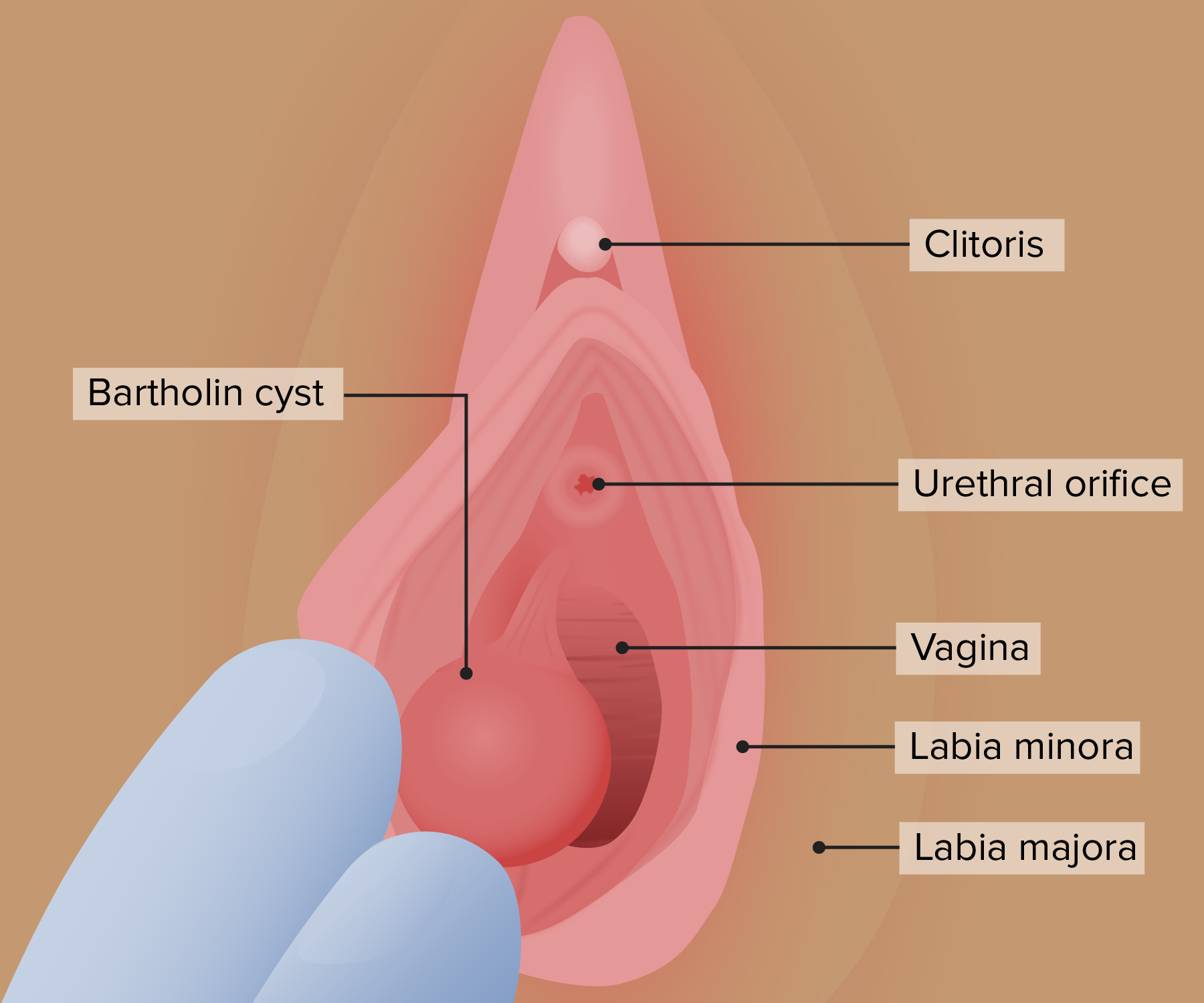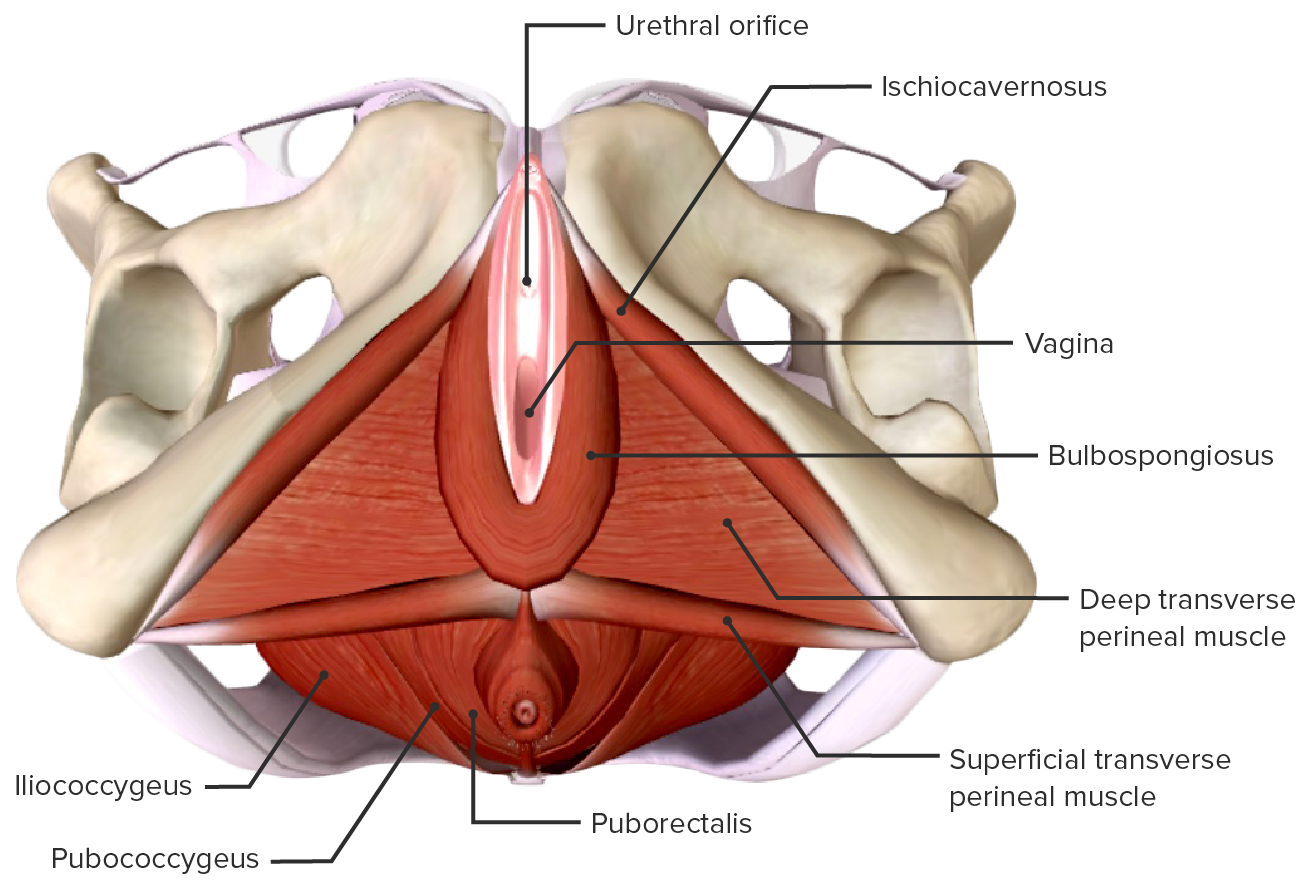Playlist
Show Playlist
Hide Playlist
Vestibular Glands: Bartholin Cyst & Vestibular Adenitis
-
Slides Vulva Female Reproductive Pathology.pdf
-
Reference List Pathology.pdf
-
Download Lecture Overview
00:01 Vestibular gland is where we are. 00:03 We’re in the outskirts of the vagina, we're by the vulvar region. 00:07 At first, in the vestibular region, we are looking at certain glands here. 00:12 Oftentimes in a secondhand clock, the Bartholin glands are located and described as being four o’clock and eight o’clock. 00:19 Picture that for me, please. 00:22 That is where, normally, these glands are located. 00:24 What may then happen is that the duct may then become obstructed. 00:27 And when it does so, it will undergo an inflammatory process, may become infected, and may result in an abscess formation. 00:36 And so therefore, management of our Bartholin gland cyst would be drainage. 00:42 It produces pain and local discomfort because of the location of a Bartholin’s cyst or gland cyst. 00:49 Infection and abscesses, oftentimes, the organism that you might find here would be something like in the Neisseria species. 00:58 Vestibular adenitis. 01:00 What this means is that the vestibular gland, the vulvar vestibular gland itself is undergoing inflammation. 01:06 Chronic, recurrent. 01:08 And inflammation produces small ulcerations. 01:12 This is then referred to as being your vestibular adenitis. 01:15 The image that you’re seeing here is showing you the vulvar region in which it’s undergoing inflammation.
About the Lecture
The lecture Vestibular Glands: Bartholin Cyst & Vestibular Adenitis by Carlo Raj, MD is from the course Disorders of Vulva, Vagina and Cervix.
Included Quiz Questions
What is the MOST likely diagnosis for a fluid-filled swelling at the 4 o'clock position on the vulva?
- Bartholin cyst
- Syphilis
- Sebaceous cyst
- Vestibular adenitis
- Gonorrhea
Which of the following can be a cause of vulvar pain?
- Vestibular adenitis
- Candidiasis
- Genital wart
- Uncomplicated Bartholin cyst
Customer reviews
5,0 of 5 stars
| 5 Stars |
|
5 |
| 4 Stars |
|
0 |
| 3 Stars |
|
0 |
| 2 Stars |
|
0 |
| 1 Star |
|
0 |





